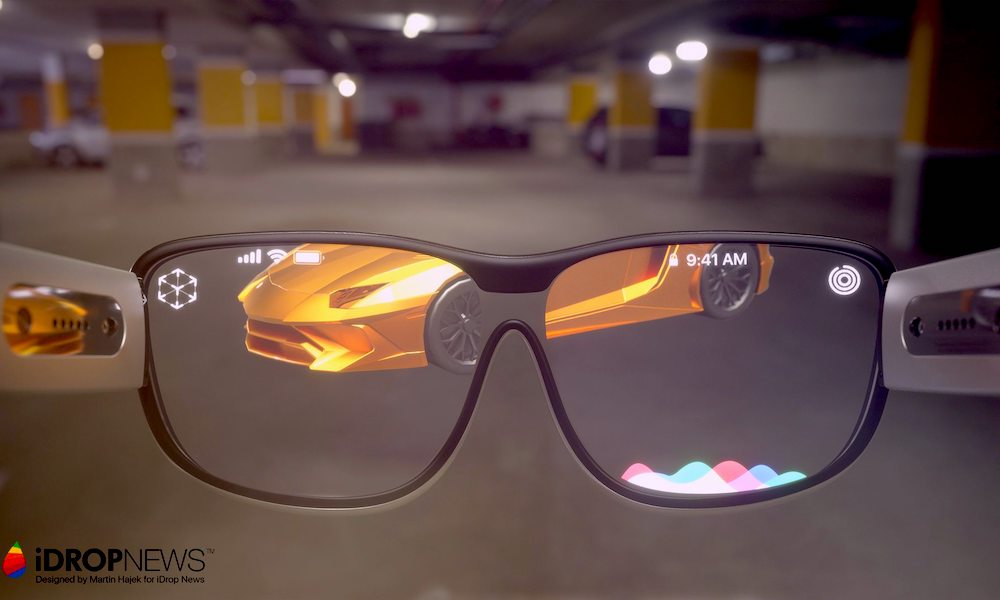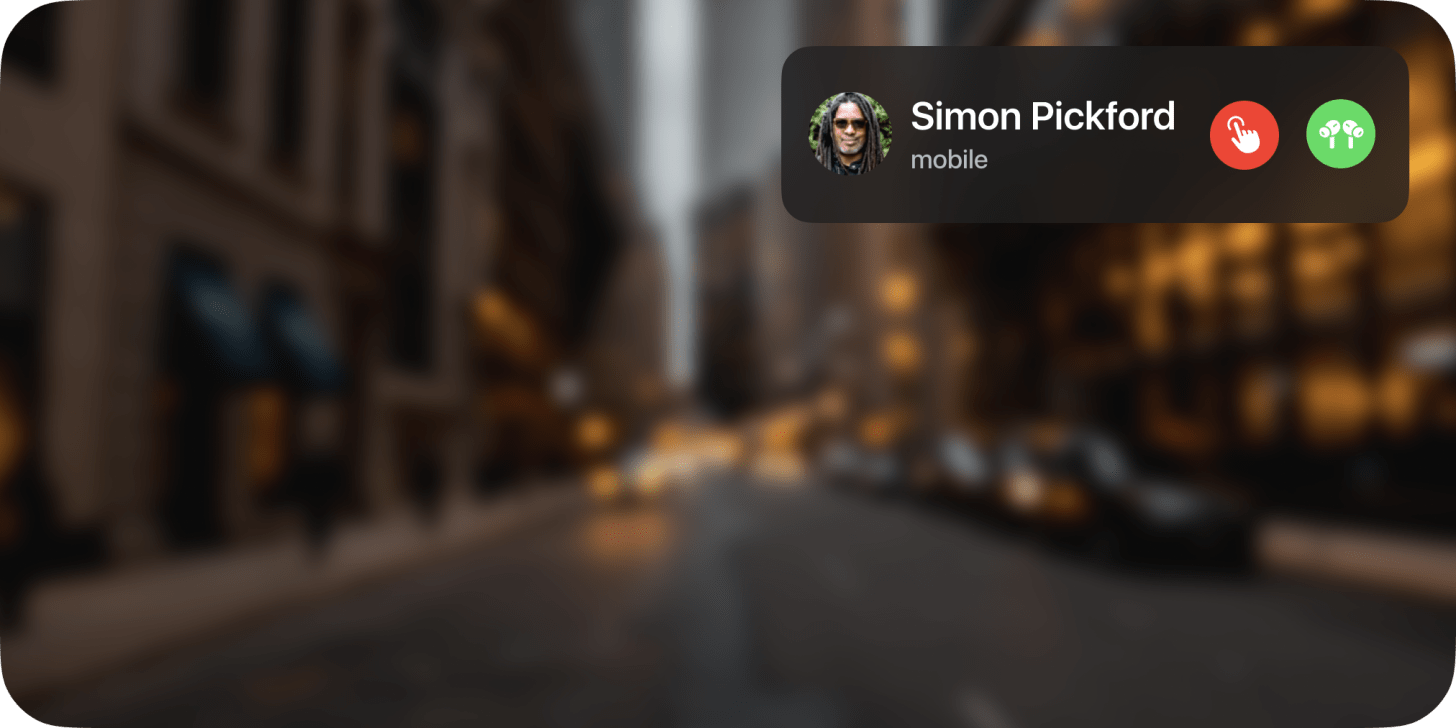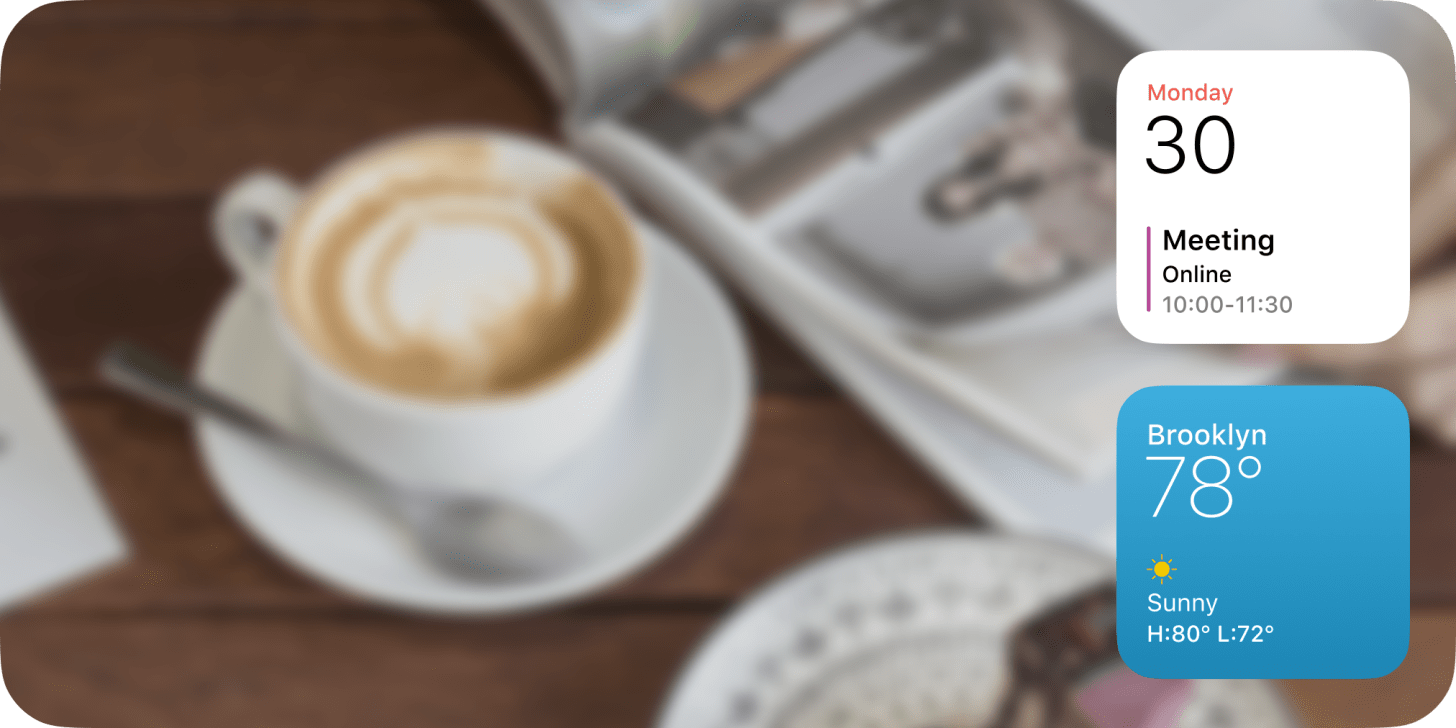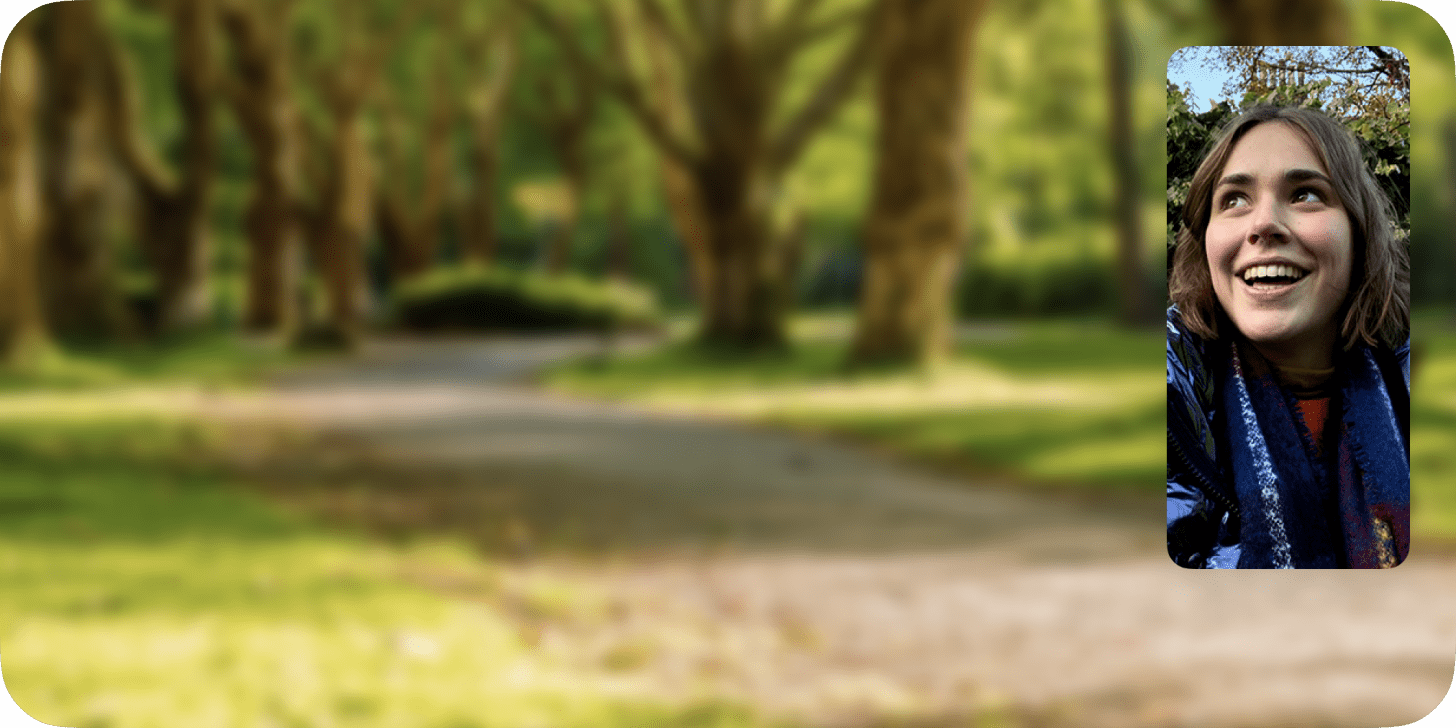How iOS 14 Widgets Could Be Paving the Way for Apple’s ‘glassOS’
 Credit: Martin Hajek / iDrop News
Credit: Martin Hajek / iDrop News
Toggle Dark Mode
By now it’s all but certain that Apple will be releasing its own augmented reality headset and glasses within the next 2–3 years, with the only questions being more around “when” than “if.”
Late last year we heard the most reliable indicator yet of Apple’s plans for the new AR devices, with a leak from a big meeting within Apple itself where the head of Apple’s AR/VR team told attendees of the company’s plans to release an Oculus-style mixed-reality headset in 2022 followed by a pair of sleeker AR glasses in 2023.
While some more recent reports have mixed that up a bit, we still expect Apple will be sticking to this internally announced timeline. After all, the reports we heard back in 2017 suggested that Apple’s glasses should have already been here by now, but in reality, Apple’s internal development teams have walked a long road to bring Apple’s AR ambitions to reality.
‘glassOS’
A couple of years back, we heard that Apple’s headset would run a variant of iOS known as the “rOS” operating system, which would still be tied to an iPhone — albeit it wirelessly — rather than operating fully independently.
This would suggest an approach similar to the Apple Watch, where early versions of watchOS were completely dependent upon your iPhone, gradually gaining more independence with each new version.
Presumably, “rOS” is an internal code name, and there have been more recent suggestions that “glassOS” could be an appropriate name, which would make a lot of sense, considering Apple’s choice of “watchOS” for its own wearable.
With iOS 14 finally heralding the addition of widgets to the iPhone home screen, however, it’s also occurred to at least some people that this could be the first big step in producing the user interface for “glassOS” since the small, “bite-sized” shippers of information would lend themselves very well to being displayed on a set of augmented reality glasses.
Developer and designer Jordan Singer has taken this idea and run with it, offering up a collection of “glassOS” mockups showing what the user interface could look like on a pair of Apple Glasses based on the new UI design styles found in iOS 14.
As Singer explains, the new iOS 14 interface goes a long way toward making the UI elements far more “compact” and letting users “quickly get information” — both things that will be of critical importance on the way to producing a truly “eyes-up” user interface design.
This includes not only home screen widgets, but also the new Siri interface and the new incoming call notification. Apple has gone a long way this year with iOS 14 to eliminating UI designs that take over the whole screen.
Apple also tends to make its design language extremely consistent across platforms, and it’s taking that even further with macOS Big Sur this year, which will adopt even more iOS-like trimmings. As Singer notes, “almost every corner of the iOS 14 update meant for iPhone can be translated directly to UI on a pair of glasses,” which would make the transition for users totally seamless.
Singer provides several actual design mockups, showing how watchOS style banners could be used in the top right corner of the field of view for notifications and incoming calls.
Another idea is that the Smart Widget Stacks being introduced in iOS 14, which automatically present the most important widgets to a user according to setting and time of day could easily be extended onto Apple Glasses, providing a couple of small pop-up widgets to one side that might show information such as an upcoming calendar appointment, the current weather conditions, or finding where you parked your car in a large and busy lot.
Singer also adds that he looked at the app icon styles in the banner notifications for both iOS 14 and macOS Big Sur, and concluded that the shadow and lighting effects of the Big Sur icons actually mimic the real world more closely, which would make them blend in better in an augmented reality application.
Jordan Singer offers up a whole lot of other really interesting design mockups on his site, ranging from Siri to AirPods and even Apple Clips. While it’s nothing more than a concept, the whole collection is definitely worth a look to give you an idea of what the Apple Glasses experience could be like.











